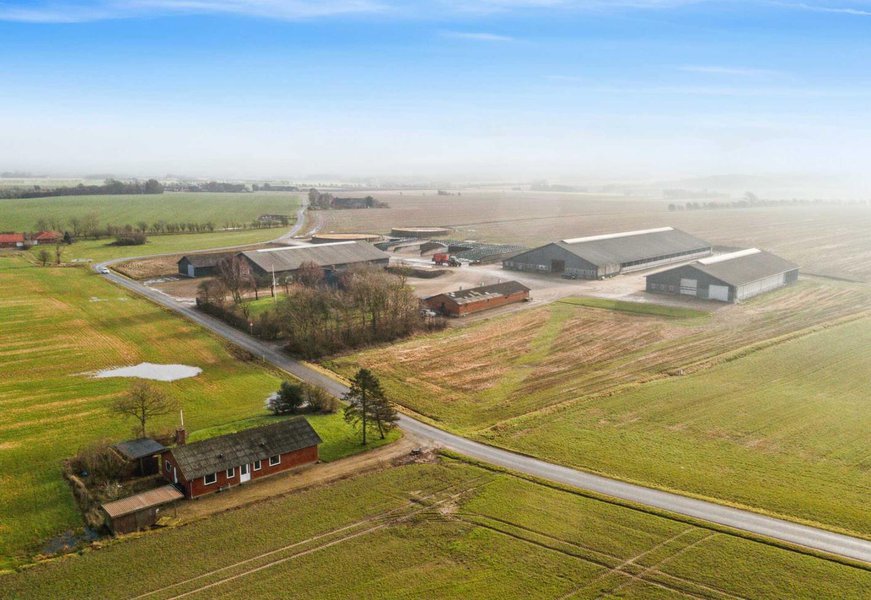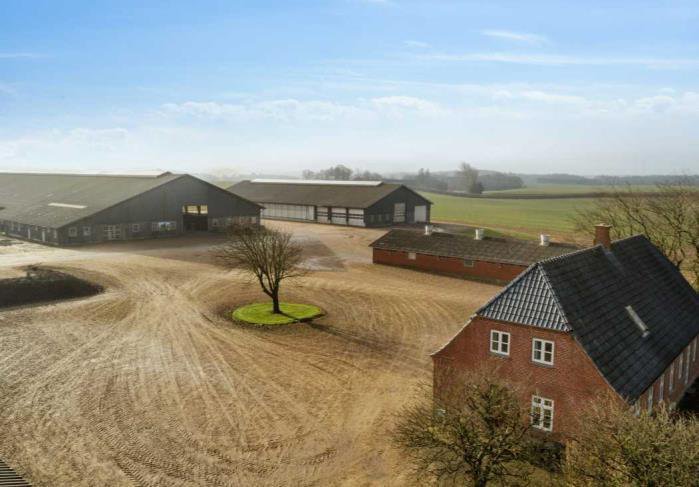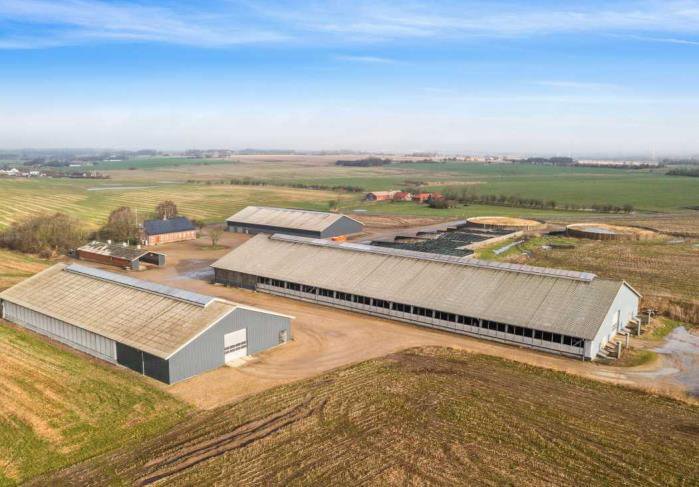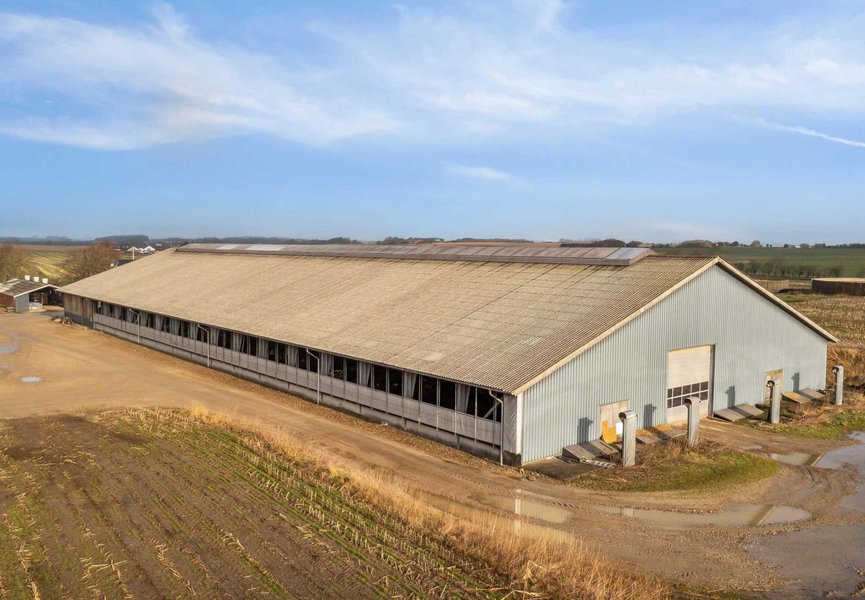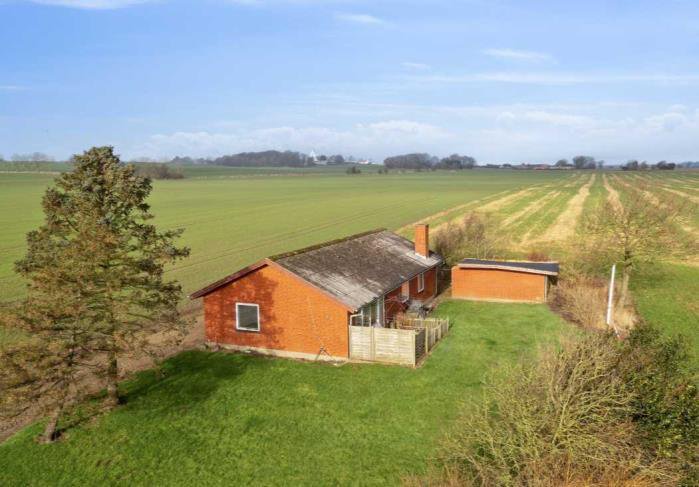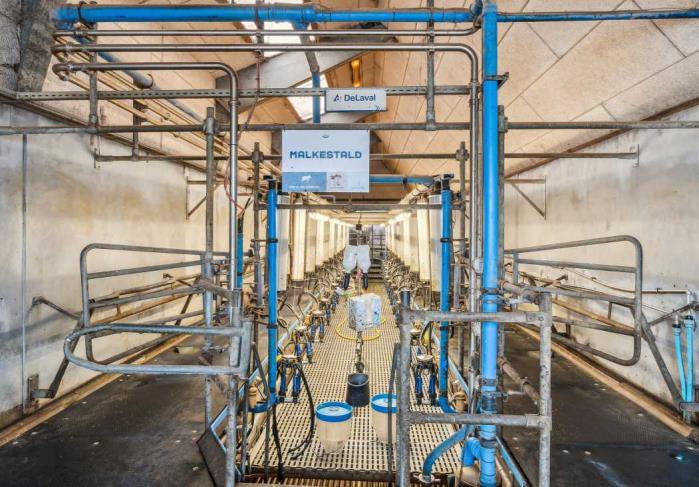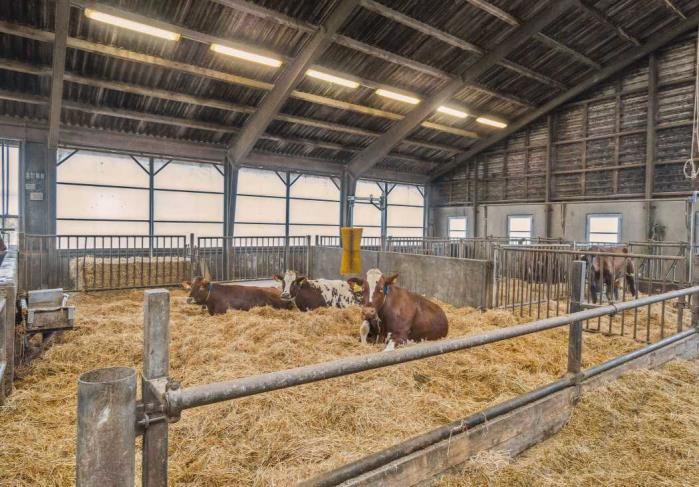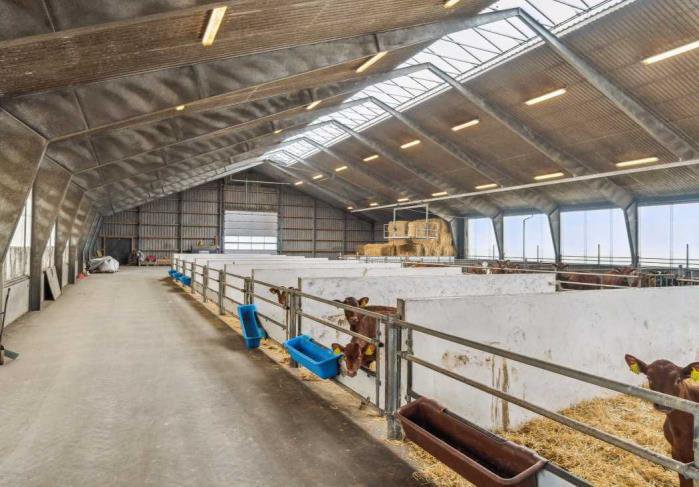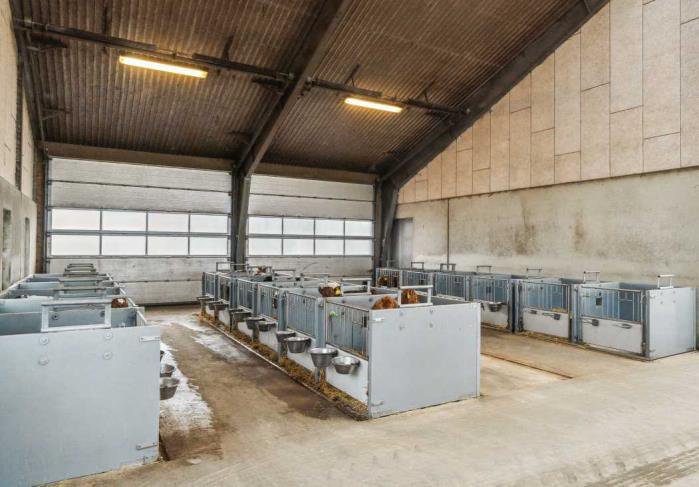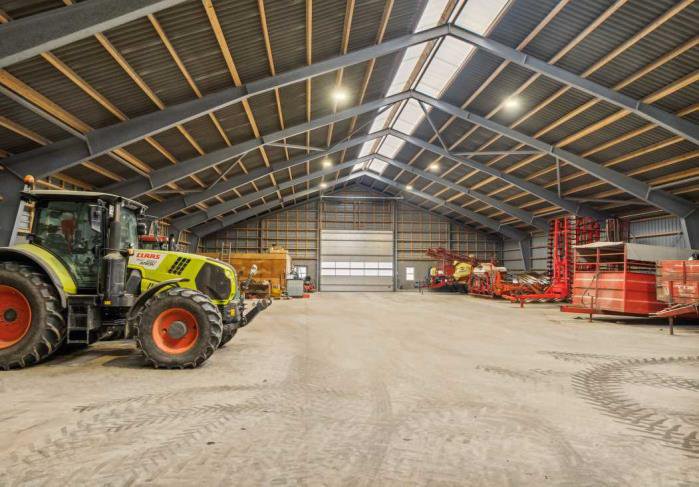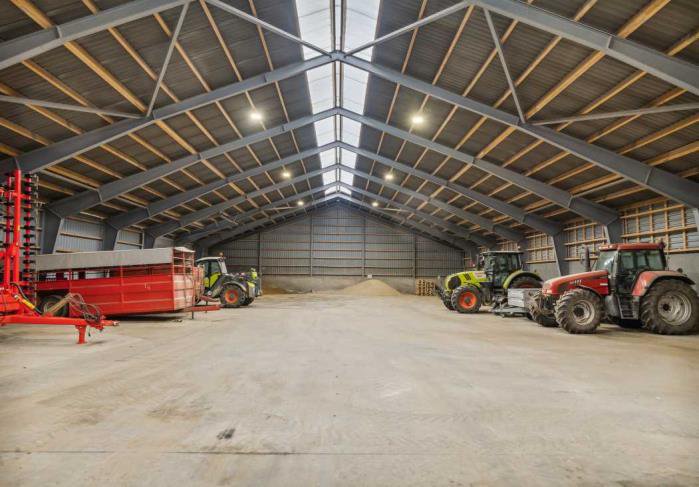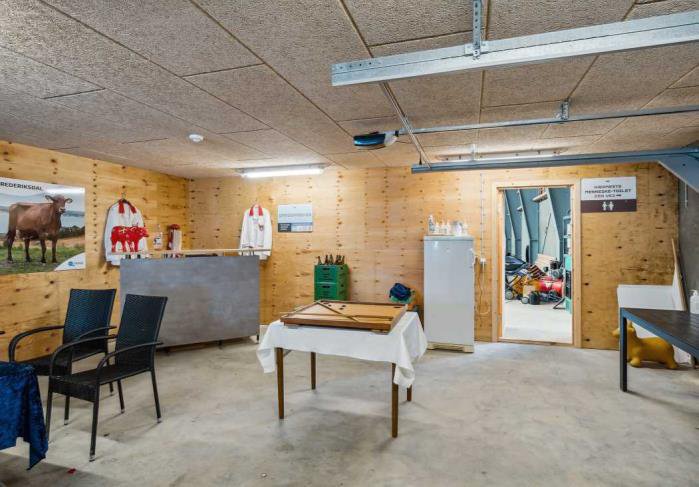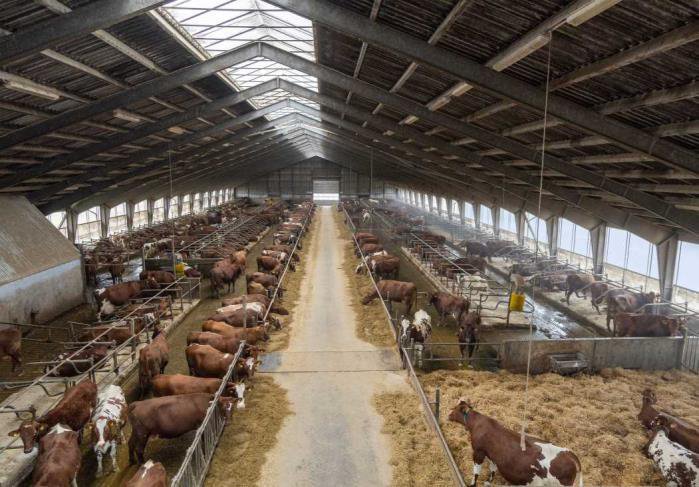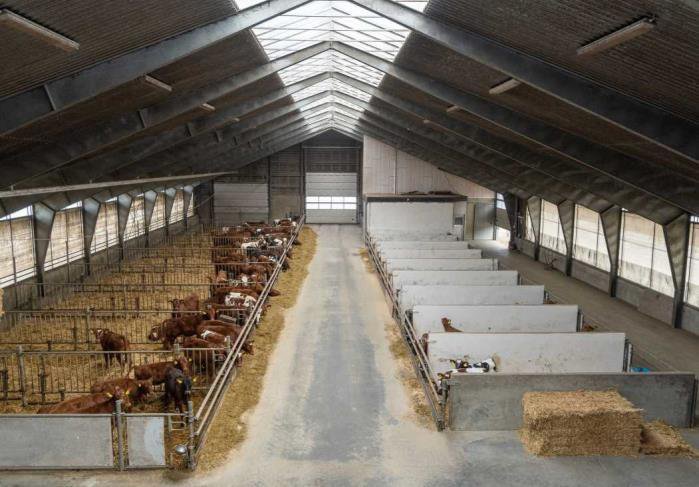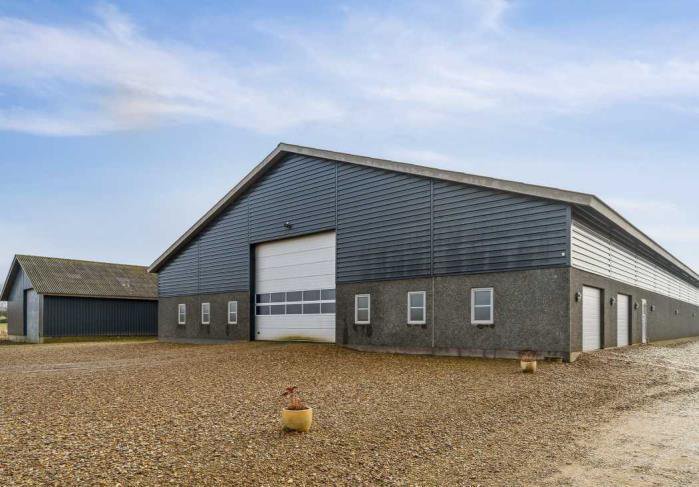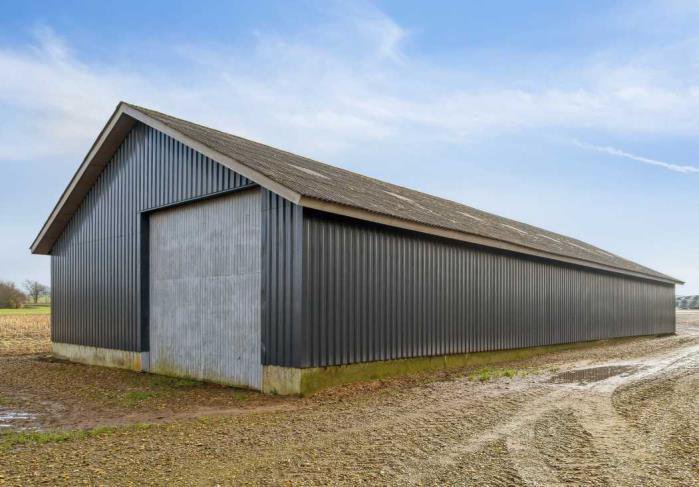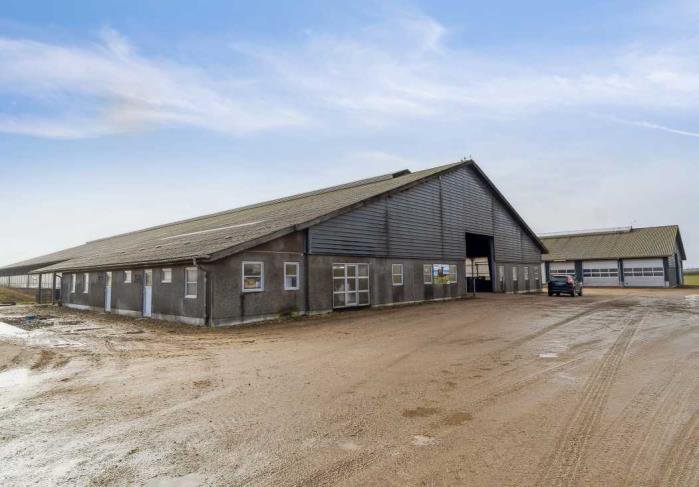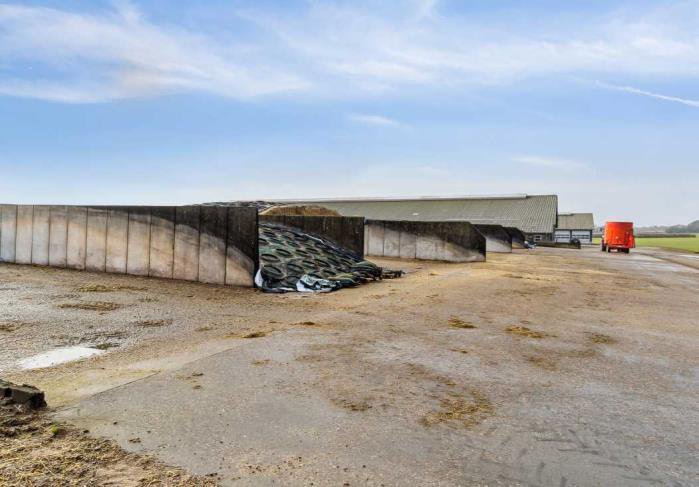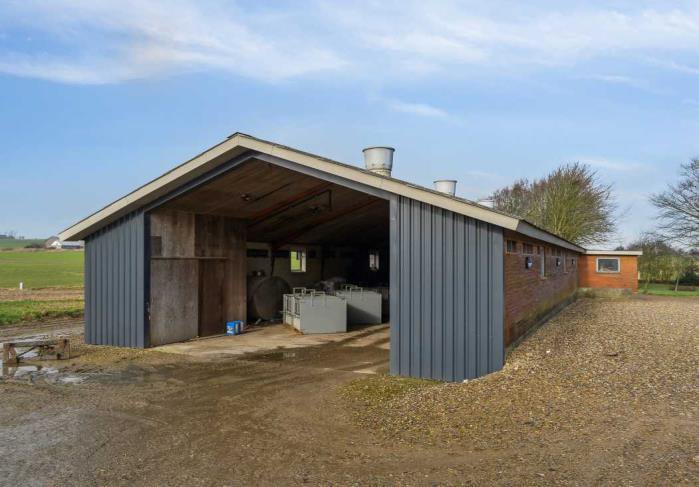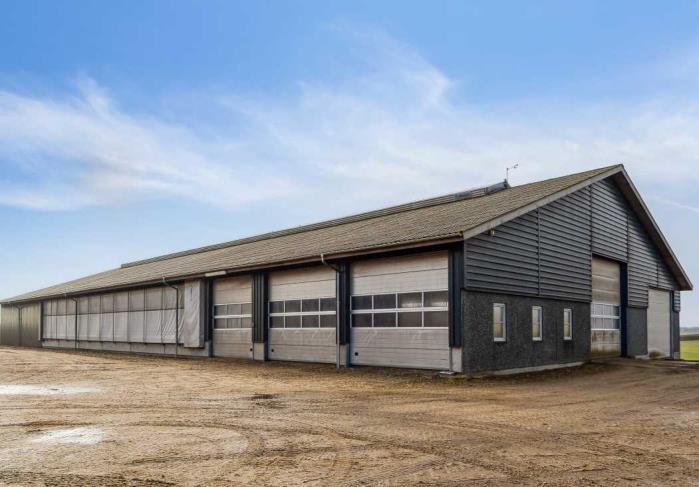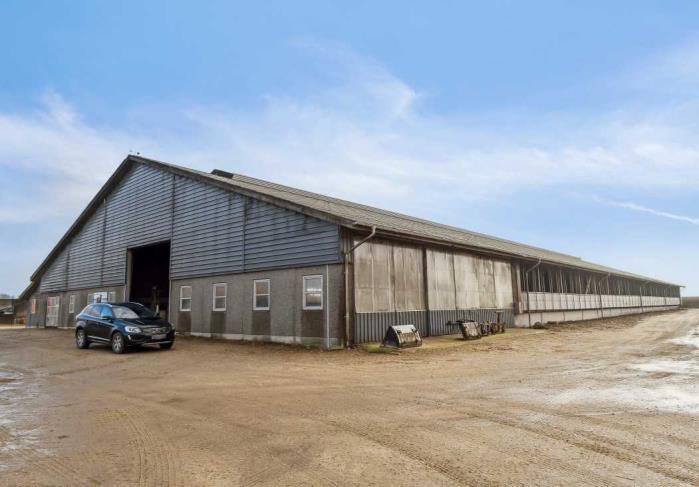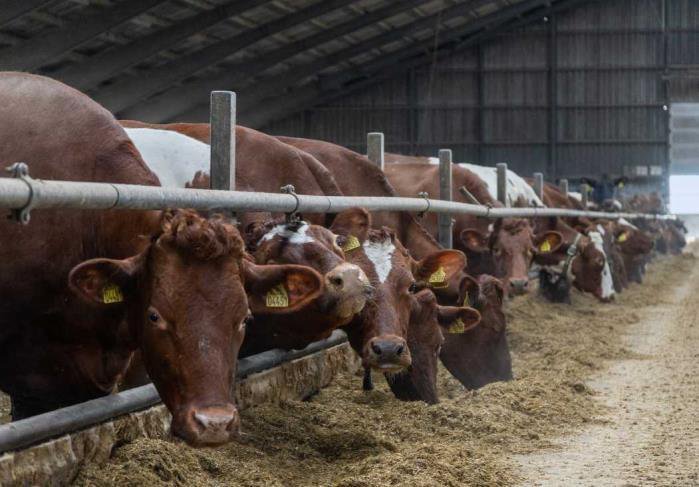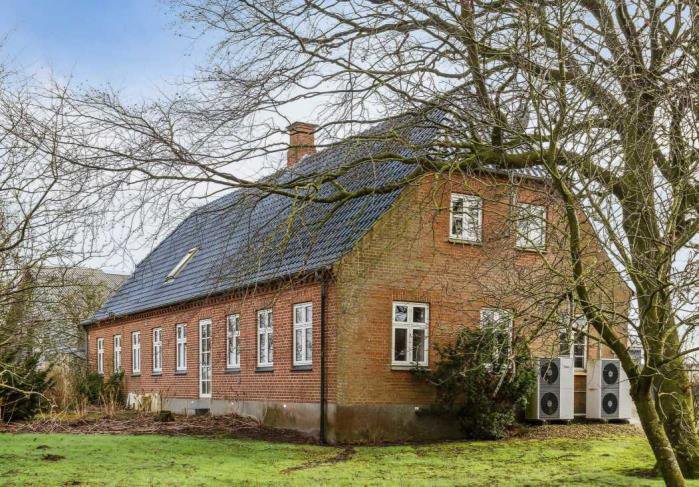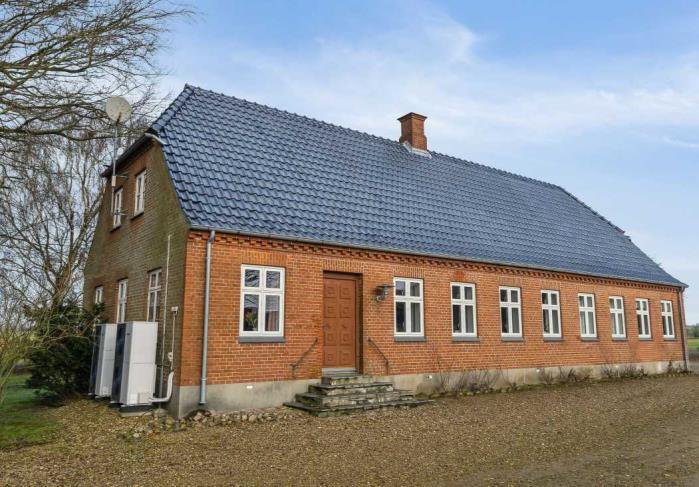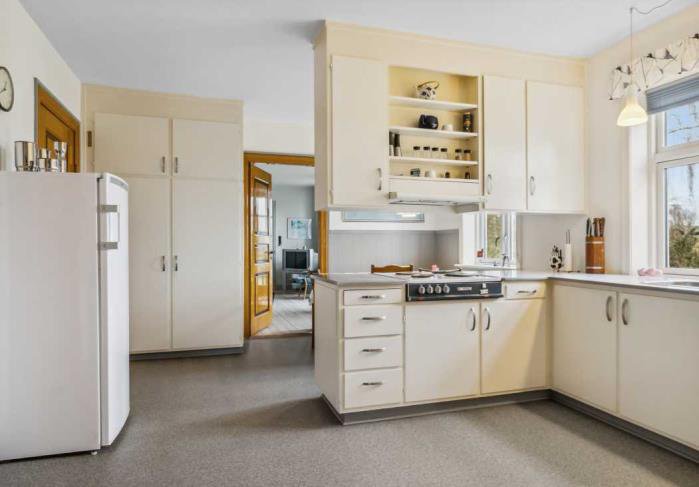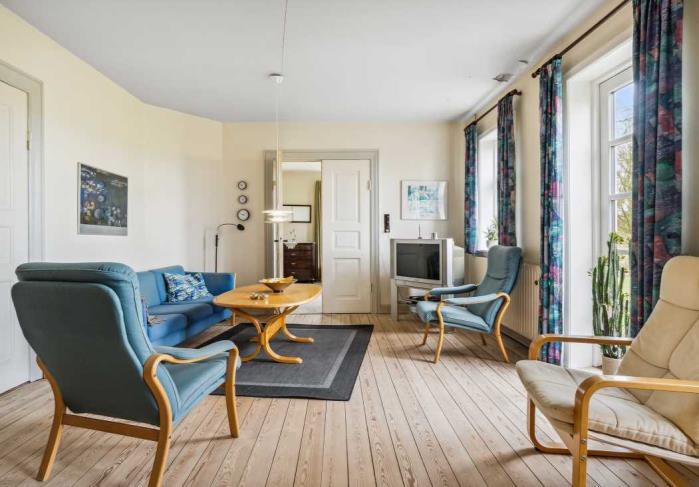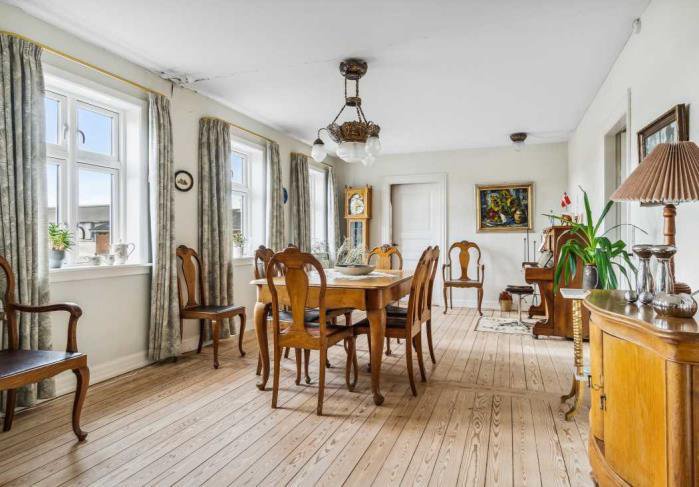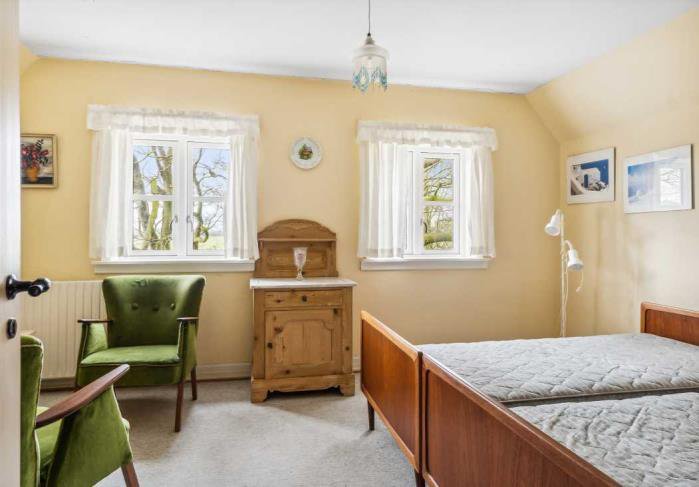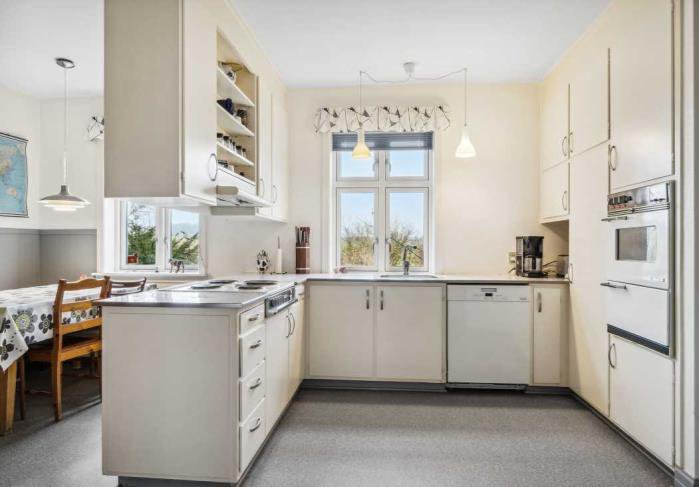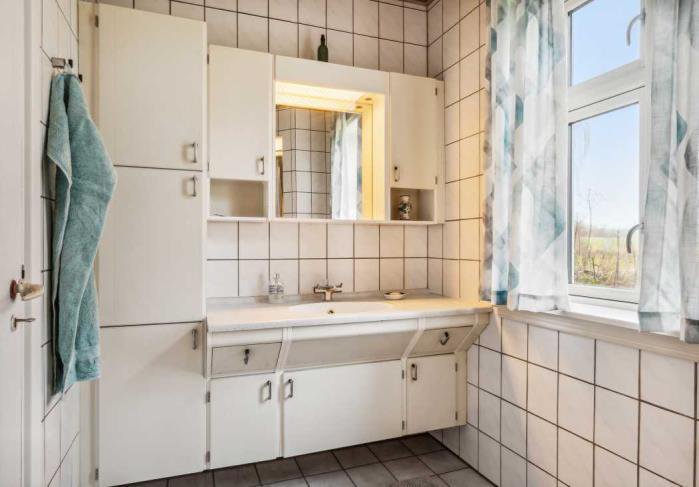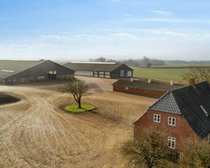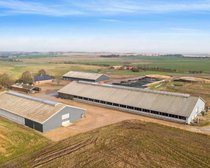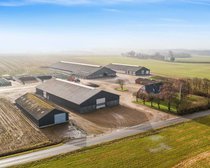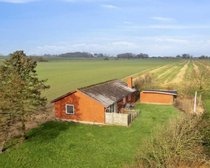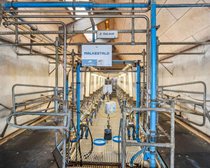Dairy farm in mid-Jutland , Denmark
143.0 ha. DKK 36,000,000,- For sale Dairy
Roslev, Mid Jyland, Denmark
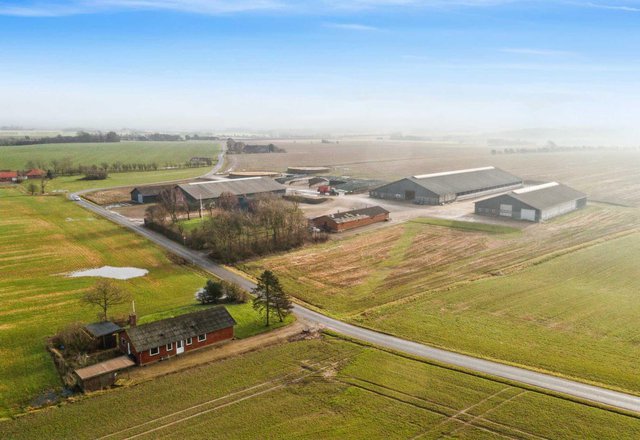
Location:
The dairy farm is located in a very nice and safe agricultural area near Roslev in central Jutland., a few hundred metres from the Limfjord overlooking the fields. It comprises approx. 143 ha of land. The location is close to the cosy local community in Hjerk near Harre Vig.
The land:
The area of is ca. 143 ha and is well parcelled out around the farm. About 3.4 ha is leased on a verbal agreement. Most of it is in crop rotation, and the seller states that there has been no need for field irrigation
Dwelling:
The farmhouse of about 202 m2 with a wealth of potential. The roof is 2000 and the windows are 2007 and an air/water heat pump has been installed.
Inside, there are many beautiful original details and you will find beautiful, bright living rooms that receive daylight from both north and south. One of the living rooms even has access to a terrace in the large, open garden.
large kitchen with dining area
two bedrooms, an office, a utility room and a bathroom. The first floor is divided into two sections with two different entrances. The smaller section has one room. The second is furnished with another three rooms.
There is also a staff house close to the property on Lysenvej 16, which is expected to need renovation. In addition, there is an older farmhouse on Lysenvej 18, which is being sold for demolition
Stables:
The stables consist of a separate barn from 2006 with a central part
De Laval milking parlour on one side with a double 12er milking pit
approximately 176 cubicles for cows and 96 for heifers. The dairy barn is equipped with slats/fixed floor and manure slide. The part is along the length of the building, where cows and dry cows are on one side and heifers and young stock on the other.
There is also a calving pen at the end of the building with deep bedding.
Staff area with toilet, shower and canteen.
Tank room with Deval 10,000 L tank + a Buffer tank.
Calf barn (2015) There is a calf kitchen in the middle, deep pens for the larger heifer calves and 24 single pens for newborn calves and bull calves.
Permission has also been granted for the construction of a cubicle barn for dry cows in the old pigsty. This is currently used for storage and washing.
Livestock:
180 red Danish dairy cows + breeding with has a production of 10,815 EKM. There is a breeding programme and the cows are judged and exhibited at national shows.
Storage:
There are the following silos in the yard: 3 pcs of 8x26 ,. and 2 pcs of 14x30 m. and 1 pcs of 14x36 m.
2 manure silos
Tool shed :
Two barns, one of which (2019) is also equipped with a guest house/room for own use.
Next door is an older implement shed.
-
id2287
-
size143.0 ha.
-
typeDairy
-
countryDenmark
-
countyMid Jyland
-
cityRoslev
- show on map
Interfarms Denmark
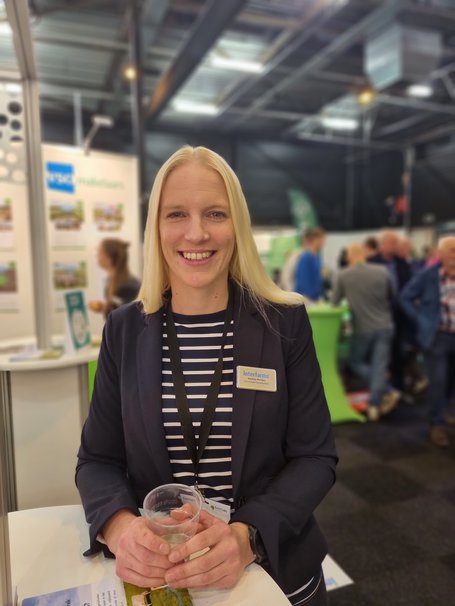
-
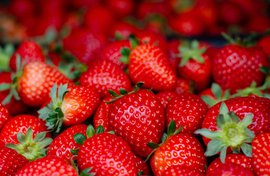 new
newAustralia, 275 Simpson Road Denbarker WA 6324
389.0 ha. Horticulture / Greenhouse...price on request (2535) -
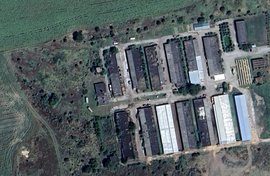 new
newBulgarije, Lom / Valchedram
320.0 ha. Cash crop...EUR 4,500,000,- (2532) -
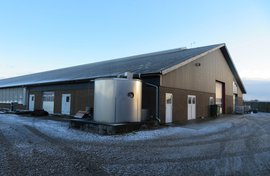 new
newDenmark, Farsø
55.6 ha. Dairy...price on request (2531) -
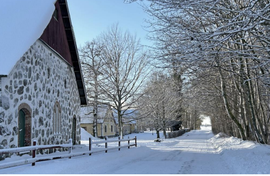 new
newSweden, Smedstorp
213.0 ha. Dairy...price on request (2530)
About Denmark
Denmark is one of the oldest kingdoms in the world. Denmark consists of the large peninsula of Jutland and some large islands. The island of Fyn is connected with Jutland via a bridge. The island of Zealand is connected with Fyn by means of a tunnel and a bridge. In addition, Greenland and the Faeroe Islands are part of the State of Denmark. The capital city of Copenhagen is situated on the island of Zealand. The only country border is the one with the German state of Schleswig-Holstein. Recently, a bridge has been built between Denmark and Sweden. Furthermore, Denmark is surrounded by the North Sea (on the west), the Kattegat between Jutland and Sweden, and the Sound between Zealand and Sweden. The capital city of Copenhagen is situated by the sea, the Sound, and it has a population of approximately one and a half million. As a port, Copenhagen is the trade centre for i.a. industries, breweries (Carlsberg, Tuborg) and shipbuilding (Maersk). Denmark has approximately 5.8 million inhabitants. This means that it has an average of 136 people per square kilometre. Over half the Danish population live on the islands east of Jutland, whereas a quarter of the population live in or around the capital city of Copenhagen. At present, over 80% of the population live in urban areas, and this number will further increase as a result of industrial growth.
Social security contributions are paid through the tax system. As a result, no tuition fees, no contributions for national compulsory health insurance, and no old-age pension contributions need to be paid. Children in Denmark have to attend compulsory education between the ages of 7 and 16. From the age of three, they may go to a børnehave (a kind of pre-school/kindergarten), from the age of six they can go to the preparatory year for primary school. Most villages have a school. Primary school is attended for nine years, after which there is an optional tenth year, which is often attended at the principal town of the municipality. Most children (93%) go to the folke schools, which are free. According to the present Constitution, the Evangelical-Lutheran Church is the Danish folkekirken (= people’s church), and as such it is supported by the State. Approx. 95% of all Danes are members of the folkekirken. Apart from members of folkekirken, there are about 6500 Roman Catholics, 700 Reformed Protestants and 6500 Baptists in Denmark. These churches are recognized by the Danish State.
Denmark has a maritime climate. Average annual precipitation is around 664 mm, half of which falls between July and October. The wettest month is August at 81 mm; the driest month is February with an average rainfall of 39 mm. In summer, occasional stormy winds from the west bring some cool weather. Winters are temperate due to a westerly gulf stream that tempers the cold. The Danish weather is changeable but never extreme. April and May are mild. In general, the months of June, July and August are warm (16.6 °C on average). A typical Danish summer has alternating periods of rain and sun. The spring months are pleasant, but cooler. The winter months are cool and sometimes cold, while light snowfall is normal. February is the coldest month of the year at an average temperature of -0.4°C.
Denmark produces food for approximately 15 million people (three times the Danish demand), two-thirds of which are exported. Despite the important part played by agriculture in Denmark, only 96,000 people, i.e. 3% of Demark’s total workforce, work in agriculture. Denmark has about 42,000 farming operations; as recently as 1950 this figure stood at 200,000. During the last decade, the average size of farming operations has increased from 21 to 65 ha. The average age of the Danish farmer is 52. Dairy farming Denmark is a dairy country that exports many dairy products. The national milk quota is 4.6 billion kg . A large share of its exports goes to the EU (Germany 20%, Great Britain 15%). All dairy farmers can buy quotas at the quota exchange. There are four trading-rounds at the exchange each year. The price is set on the basis of the average of amounts of supply and demand. From all transactions, 1% is skimmed off for the benefit of start-up farmers. All transactions conducted outside the exchange system get deducted by 50%. To prevent overproduction of manure in concentration areas, Danish agriculture has a system whereby there has to be a balance between the number of animals at a farm and the number of hectares. In this regard, a distinction is made between the different kinds of animals, the quantity of animals, and the number of hectares owned. Of the requisite amount of land, 30% must be freehold. The surplus amount of manure can be disposed of through leases or manure disposal arrangements. All livestock farmers must submit a cropping plan to the plantdirektorat. This includes a specification of crops for each parcel of land and the fertilization plan involved. The farmers’ association then calculates the permitted amount of artificial fertilizers to be spread, taking into account a useful nitrogen content of 45% from liquid manure. In the months of October through January, there is a ban on the disposal and application of manure. The storage capacity of manure for existing farms extends over a period of 7 months, and, for new farms, 9 months. In Denmark, farms are traditionally built on the attached land-parcels so that most of the “original” lands lie around the buildings. Historically, Danes are arable farmers who began keeping livestock to eat their crops and use their straw. There is still a lot of arable farming in Denmark, so you can see a great many cereal crops there. Maize is grown in Denmark. Soil types vary from light sandy soil to clay soil. The lighter sandy soils generally have to be irrigated in the period of July/August, because these months are often hot and dry.
